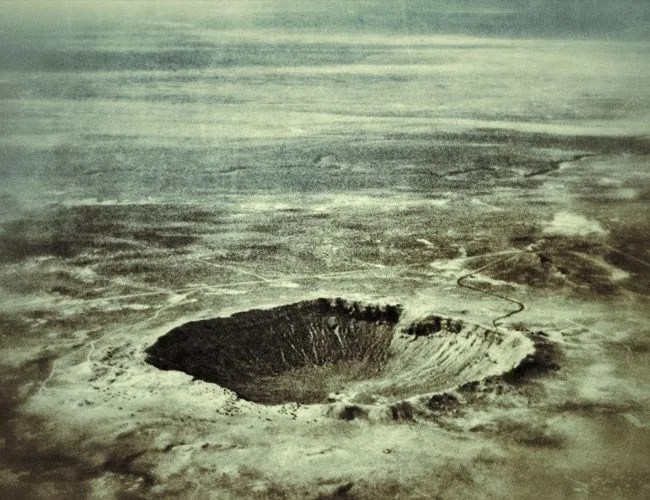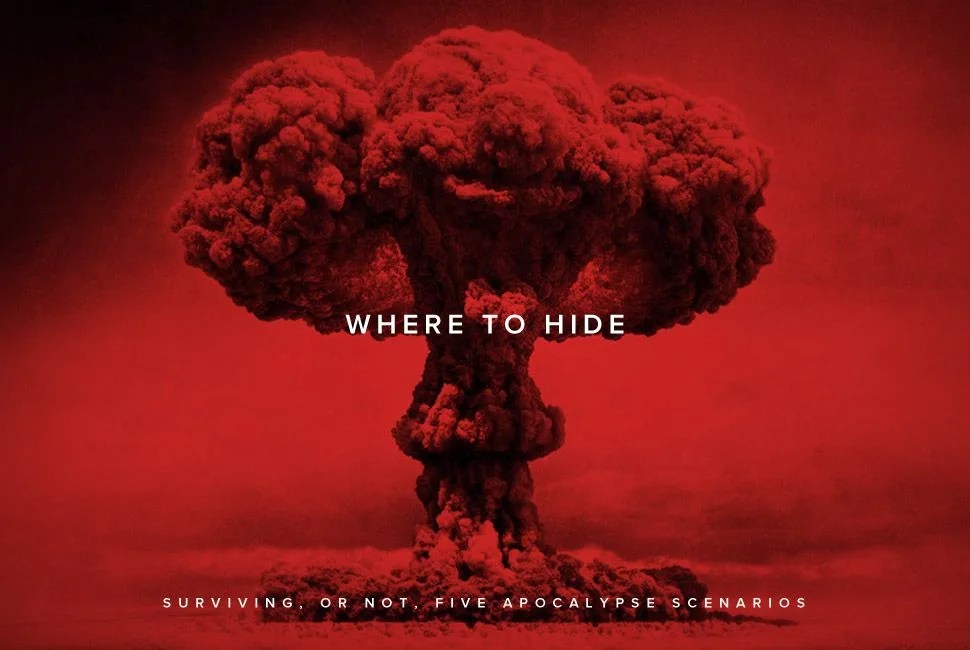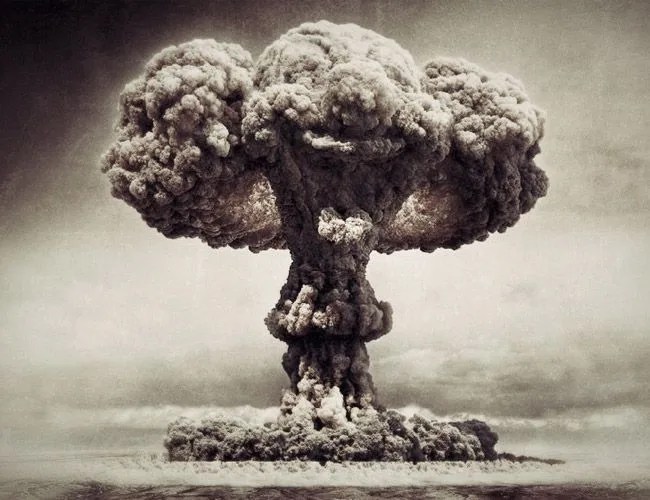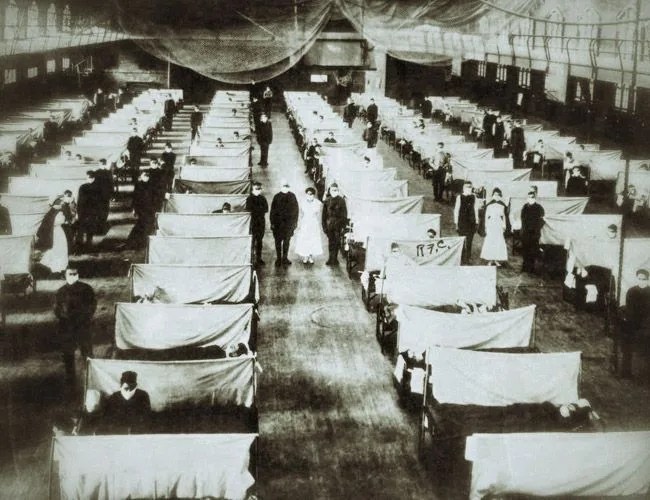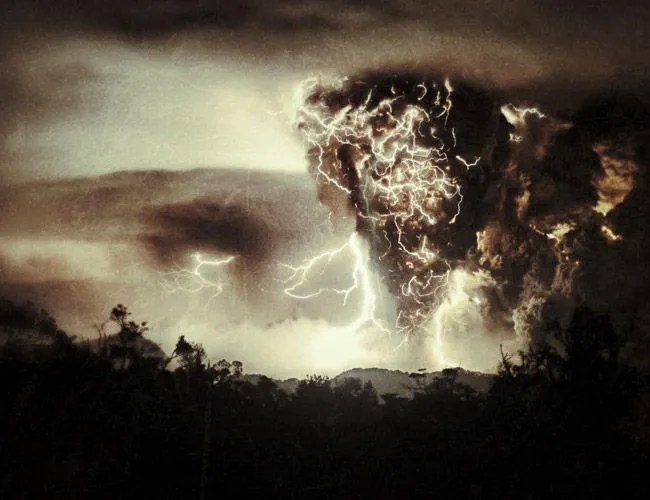So, you’ve been invited to participate in an apocalyptic event? What to wear, what to bring, who to party with; all important decisions. But the really important choice is where you’re going to experience this life-changer (life-ender?).
The “where” selection is strongly influenced by what type of apocalypse you’re getting walloped by, and most importantly, whether the disaster is survivable or not. A remote chance of enduring evokes our inner, less jowly, Churchill — “Never, never, never give up!” We’ve already offered some tools to ensure you can fight, and survive, if possible. Now, places that will delay your turn as worm-food and get you to the food-hoarding, zombie-killing point — you know, the fun stuff. But first, a hard truth: there are just some things even the hardiest, most persistent winners can’t get past.
1. Unsurvivable Global Annihilation
My only regret is that the world’s ending
